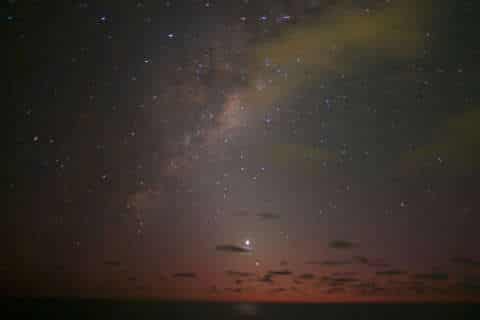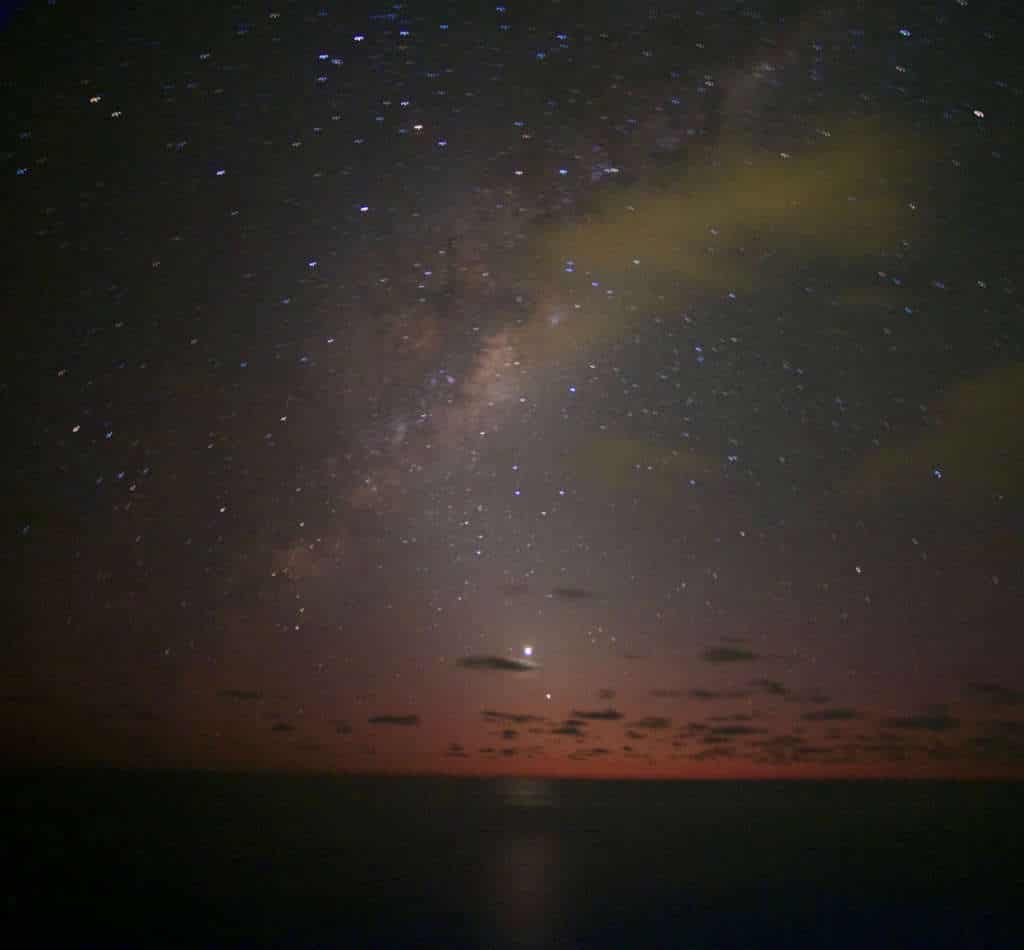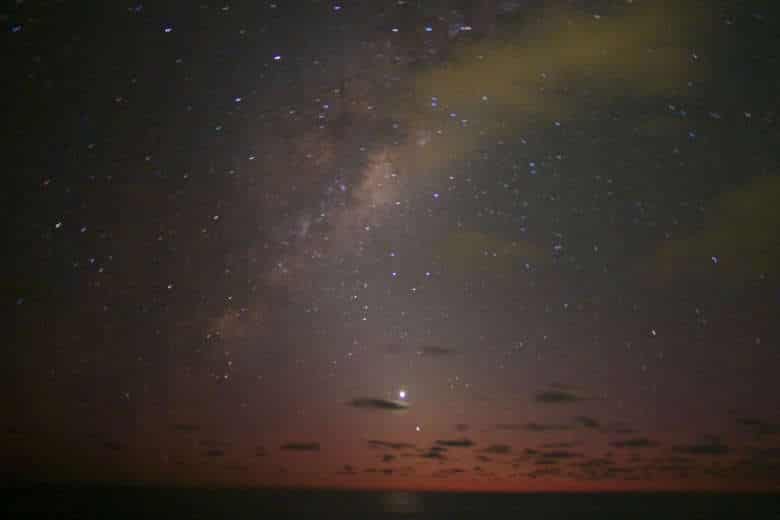

WASHINGTON — Had enough of winter? I’m ready for spring, and March 1 marks “meteorological spring.”
“Astronomical spring,” better known as the vernal equinox, occurs at 12:15 p.m. EDT March 20. On the equinox, the sun rises due east and sets due west, so night and day are just about equal in both hemispheres.
By the way, Eastern Daylight Time, or EDT, starts on March 11, which means it will be getting darker later — a real sign that winter is on the wane.
The first full moon of the month, the full worm moon (we didn’t have one for February), occurs on March 1, and the second, a blue full sap moon, occurs on March 31.
We also have a literal parade of the visible planets — Mercury, Venus, Mars, Jupiter and Saturn — gracing our skies after sunset and during the night.
Leading the way are Mercury and Venus in the west right after sunset; Venus is the brighter of the two.
During the month, the inner planet pair will be in proximity to one another. If you have an obstruction-free western horizon and a pair of binoculars on March 2, see if you can spot them 20 minutes after sunset. They are closest on March 3, but will rise higher in the sky and become easier to spot as the month progresses.
On March 18, the slender waxing crescent moon will join them in the west for a wonderful sight and should be visible about 30 minutes after sunset.
Next up is mighty Jupiter rising in the east just before midnight as March begins and rising an hour later at month’s end. Jupiter is currently the second-brightest object in the night sky — only the moon is brighter.
Venus will become the brightest planet later in the month.
During the summer months it will be quite the show with brilliant Venus in the west and a very bright Jupiter-Mars duo.
If you have binoculars, look at Jupiter and you should notice up to four small “stars” next to it. These are the four main moons of Jupiter, discovered by Galileo in January 1610. You can download a free software program that tell you which moons you are seeing. For binoculars, you would use “direct image” view.
Mars rises at about 2 a.m. and Saturn 70 minutes later, both in the southeast. Mars is reddish-orange and will be getting brighter as the months pass by as it will be at its closest to Earth since 2003 in July. In a word, it will be awesome to see, brighter than Jupiter.
Also, March is named for Mars.
Saturn is a yellowish-white. The moon will be to the left of Mars on March 10 and to the left of Saturn the next night. I’ll have more on Mars in the months to come.
So, as spring leads to warmer days and nights, be sure to enjoy the celestial sights.
Follow my daily blog to keep up with the latest news in astronomy and space exploration. You can email me at skyguyinva@gmail.com.







